Creamy smooth mashed potatoes that are so good they are the BEST side dish, although, I’ve been known to eat them for dinner on their own!! This is my step by step guide showing you how to make the best mashed potatoes that will have your family coming back for seconds.
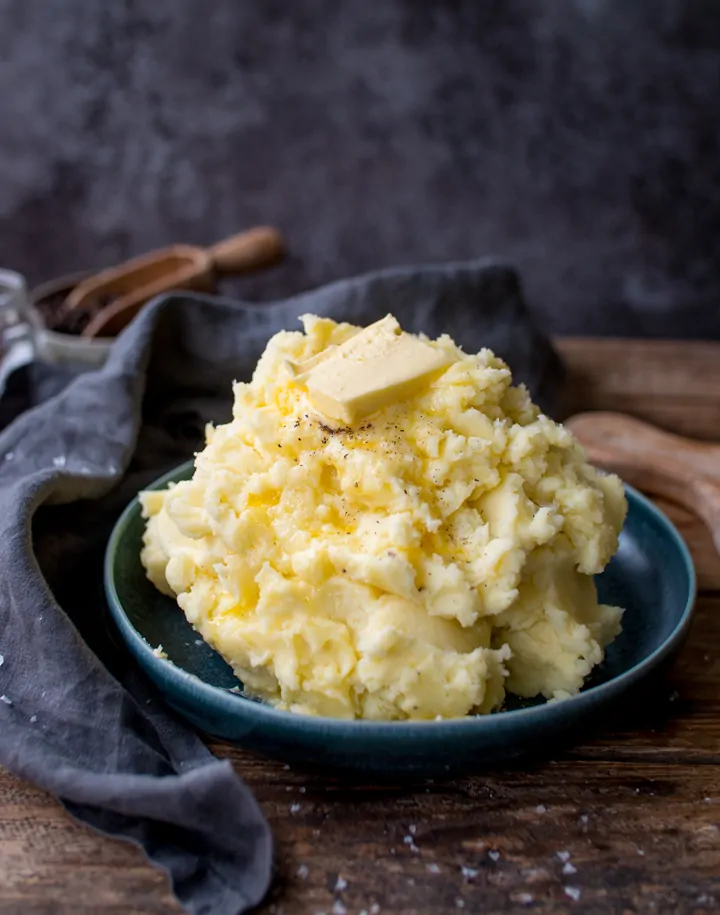
I’ve always been a sucker for mashed potatoes. As a kid, whenever it was roast dinner day, I’d ask for a large portion of mashed potatoes and gravy and as little as possible of everything else.
In my university years, I came up with a concoction of mashed potato with cheese, crispy bacon and onion gravy that was my staple food for at least a year.
So you can imagine my horror when my daughter Gracey turned out to be a mashed potato hater. She’ll eat mashed potato cakes that have been breaded and fried, or Roast potatoes, even stuffed potato skins but give her regular mashed potato and she turns her nose up. I think it was because she had a bit of a choking fit on some when she was weaning, and it imprinted something on her brain. I’m trying to work it our of her.
Lewis, on the other hand, is my kindred spirit. If I told him it was mash and nothing else for dinner he’d be overjoyed. He takes his role as chief taste tester very seriously.
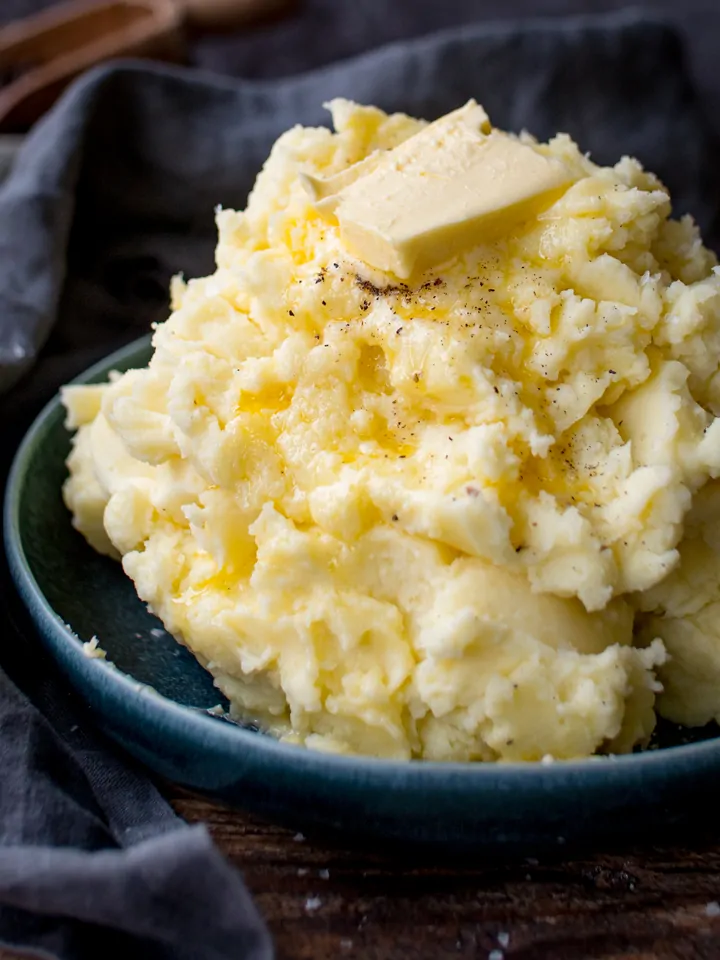
🥔 What is the best potato for mashing?
You want to use a fluffy starchy potato.
I found that Maris Piper, King Edwards, Rooster, Russets, Yukon golds or Desirée work really well for making mashed potato.
What to use to mash the potatoes
You can mash them using a more traditional masher but I find that to get the perfect smooth creamy mash then I use a potato ricer (<–affiliate link).
It works really well to get a consistent smooth mashed potato but also ensures you don’t overwork the potato like you can with a handheld masher as you chase the lumps around the pan.
Trust me a potato ricer is the way to go!
Can you make them ahead?
YES! You can make mashed potato ahead if you like.
I often do this to take a bit of pressure off when I’m making a Sunday roast.
Just, make the mash, cool, cover and refrigerate, then reheat in the microwave (stirring a few times) until piping hot.
TIP: You can add a touch more cream if it’s thickened too much during refrigeration.
Recipes that use mashed potatoes:
Mashed potato is one of those versatile dishes that goes really well as a side or it can form the basis of so many other dishes.
Here are some of our favourites:
👀 READ THIS!!! MY TOP TIPS
If you read nothing else in this post make sure you read these do’s and donts.
Do:
- As I said above, use floury potatoes – such as Maris Piper, King Edwards, Rooster, Russets, Yukon golds or Desirée.
- Chop the potatoes into approx same-size chunks (about the size of half a kiwi fruit).
- Drain the cooked potatoes well, but only for a minute or so – you want them to be nice and hot.
- Use a potato ricer (<–affiliate link) for lump-free mash
- Add the butter before the cream – so the heat of the potato can melt it more quickly without the cream cooling it down
- Use double (heavy) cream! Yes you can use milk, but a proper glug of cream is what you need for the best mash.
- Be prepared to use a more salt than you expect. Potatoes need plenty of salt (to taste) and a touch of black pepper.
Personally I don’t cook mine with salt, I prefer to add it after. Add a little salt, taste, add a little more if needed. You can always add more if you like, but you can’t take it away if you add too much salt, so be sure to taste test.
Don’t:
- Overcook the potatoes. You should cook the potatoes until you can just slide a knife through them. 15 minutes is usually enough – up to 20 minutes if you’ve cut your chunks slightly bigger. If you overcook the potatoes they’ll break down and soak up too much water – leading to tasteless, watery mash.
- Use an electric whisk or food processor! Some people do this to ensure they get the lumps out (no need if you use a ricer), but one little whizz too far and it overworks the starch in the potatoes giving the mash a gluey texture.
- Use low fat products. Mash is stick-to-your-ribs comfort food. Low fat mash is still high in calories, and it’s a poor substitute for real mashed potato with cream and butter. So if you’re making it, enjoy every mouthful.
- Use milk. The best mashed potato needs fat in there from the cream (as well as the butter). At a push whole (full-fat) milk is OK. I’d use it if I had to – because I’d run out of cream.
- Freeze mash if you can help it. As mashed potatoes defrost, they can go watery and a little grainy. You can remedy this by reheating in an uncovered pan (to let the excess moisture evaporate), whilst stirring occasionally, then adding in more cream. They’re not quite the same though, and will be a thinner consistency overall.
How to Make the BEST mashed potatoes!
To make the mash, I peel my potatoes and chop them into even-sized chunks (about the size of half a kiwi fruit). Place in a pan and cover with cold water.
I prefer not to season the water – leaving the seasoning until later.
Bring to the boil and simmer for around 15 minutes – until a knife will slide into them easily.
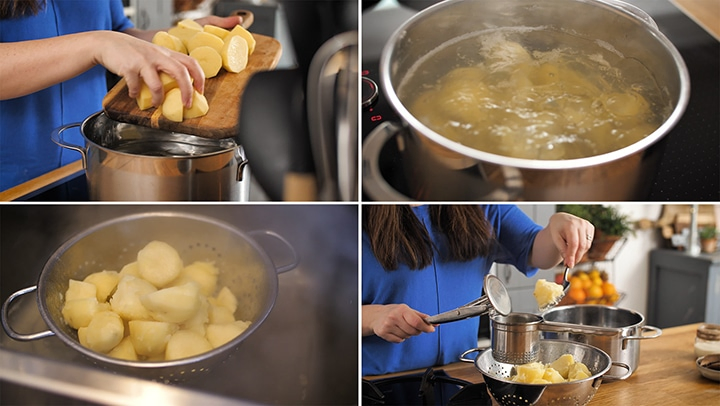
Drain in a colander for a minute, then load into a potato ricer 2 at a time:
Squeeze the potato ricer, letting the riced potato fall into a bowl, or the pan (give it a rinse first). When all the potatoes are riced, add the butter and stir, then add the cream and stir again. Stir in salt and pepper and taste – adding more if needed.
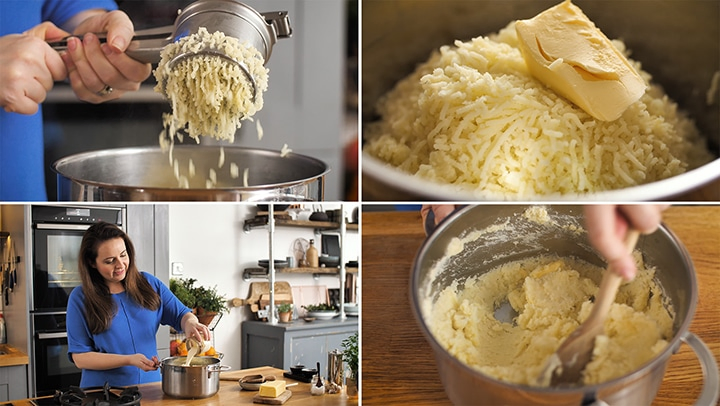
Transfer to a serving bowl and top with a knob of butter, some Maldon salt flakes and a pinch of black pepper before serving.
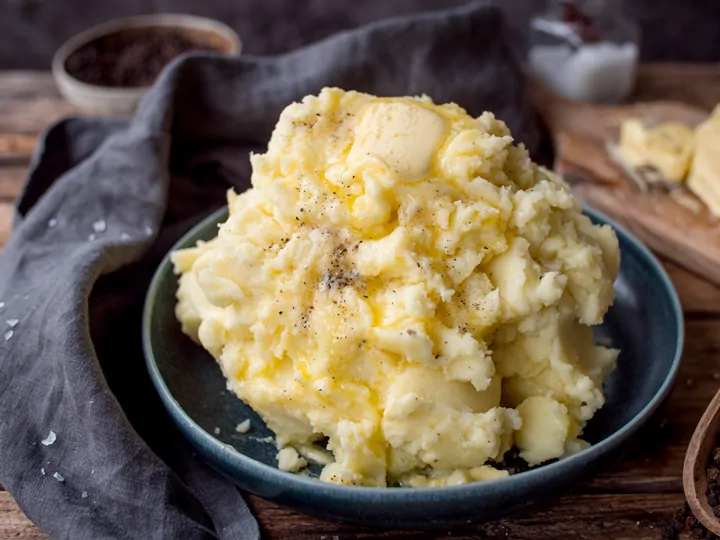
Serving Suggestions
I have so many dinner recipes that go REALY well with mashed potatoes. Roast Dinner is an obvious one, but some of my other favorite recipes to serve with mash are:
Stay updated with new recipes!
Subscribe to the newsletter to hear when I post a new recipe. I’m also on YouTube (new videos every week) and Instagram (behind-the-scenes stories & beautiful food photos).
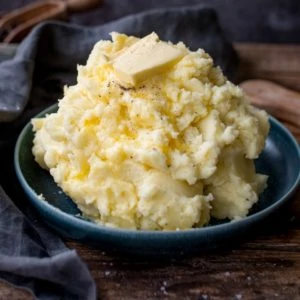
Perfect Mashed Potatoes Recipe
Ingredients
- 900 g (2lb) floury potatoes (see note 1), chopped into even-sized chunks (see note 2)
- 60 g (4 tbsp) unsalted butter
- 90 ml (1/3 cup) double (heavy) cream
- ½ tsp table salt
- ¼ tsp freshly ground black pepper
To Serve:
- 1 tbsp unsalted butter
- ¼ tsp Maldon salt flakes
- pinch freshly ground black pepper
Instructions
- Place the potatoes in a pan and cover with cold water.900 g (2lb) floury potatoes (see note 1),
- Bring to the boil and simmer for 15-20 minutes. Check after 15 minutes by pushing a knife into one of the potatoes – the potato should be tender and the knife should slide through. Cook for a few minutes more if needed to get to the this stage, but don't let them overcook (no more than 20 minutes) or the mashed potatoes will be watery.
- Drain the potatoes in a colander and let them sit for 1 minute, until the moisture evaporates.
- Place the potatoes – about 2 at a time – in a potato ricer, letting the riced potatoes fall into a clean bowl. Continue until all the potatoes are riced.
- Add the butter and give it a little stir so the heat of the potato melts the butter.60 g (4 tbsp) unsalted butter
- Add the cream, half the salt, and pepper and stir together using a wooden spoon until smooth and creamy.90 ml (1/3 cup) double (heavy) cream, 1/2 tsp table salt, 1/4 tsp freshly ground black pepper
- Taste the mashed potatoes and stir in more salt and pepper if needed.
- Top the mashed potatoes with a knob of butter and a sprinkling of Maldon salt flakes and a pinch of black pepper before serving.1 tbsp unsalted butter, 1/4 tsp Maldon salt flakes, pinch freshly ground black pepper
Video
Notes
Note 1:
Potato varieties include Maris Piper, King Edwards, Rooster, Russets, Yukon golds or Desirée.Note 2:
You want medium-sized chunks – about the size of half a kiwi fruit (you can see on the video and step-by-step photos). The key is to ensure they’re cut into similar sizes, so they’ll cook evenly. Nutritional Information is per serving.Nutrition
Nutrition information is automatically calculated, so should only be used as an approximation.
More Potato Sides
We LOVE a good potato side dish. Here are some more of our favourites:
This post was first published in December 2018. Updated in October 2019 with re-edited photos and more tips. Updated in Sept 2020 for housekeeping reasons.
Some of the links in this post may be affiliate links – which means if you buy the product I get a small commission (at no extra cost to you). If you do buy, then thank you! That’s what helps us to keep Kitchen Sanctuary running. The nutritional information provided is approximate and can vary depending on several factors. For more information please see our Terms & Conditions.
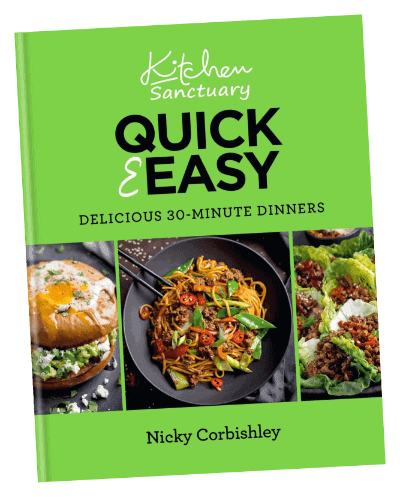

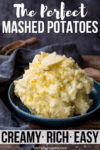
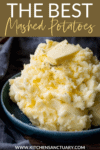

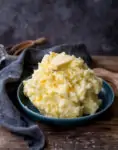
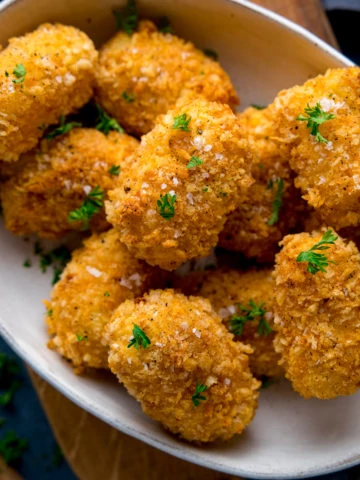
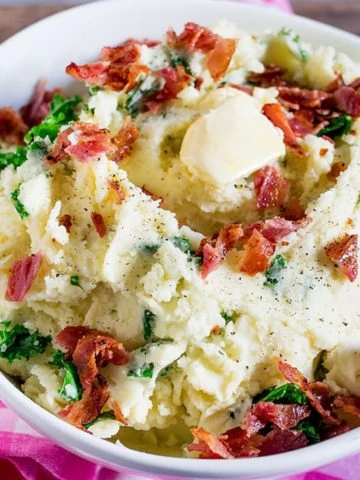
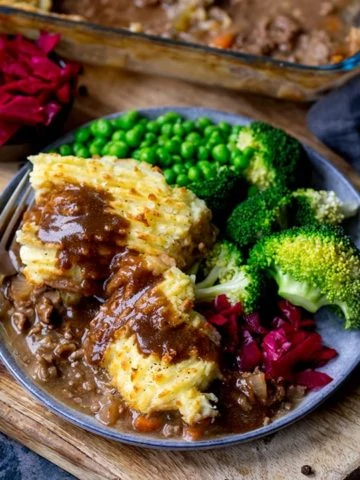
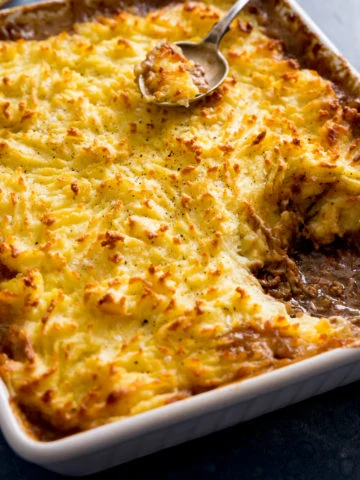
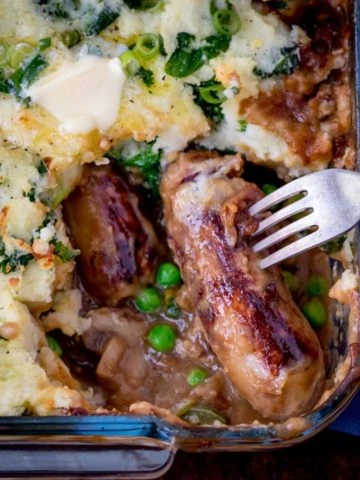
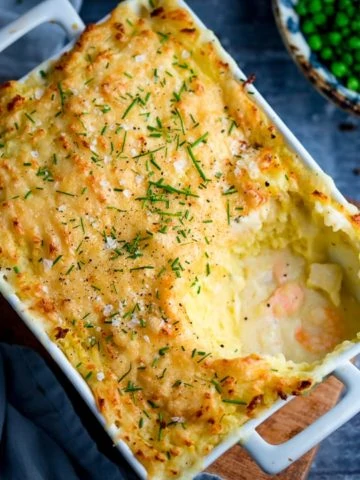
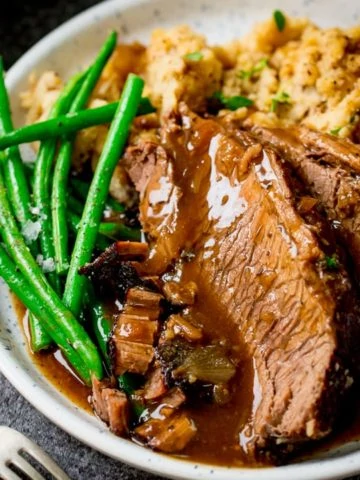
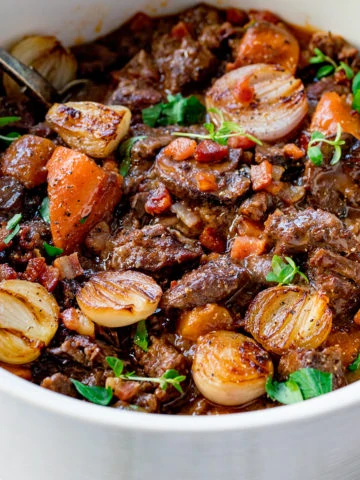
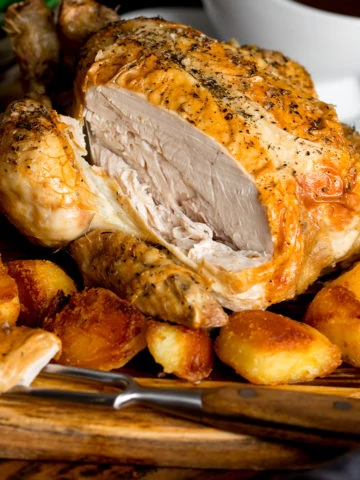
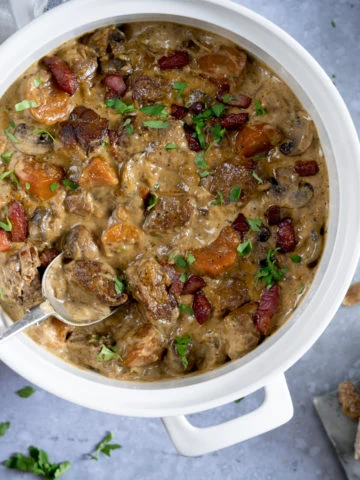
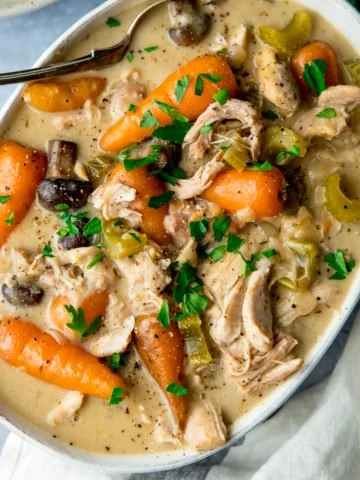
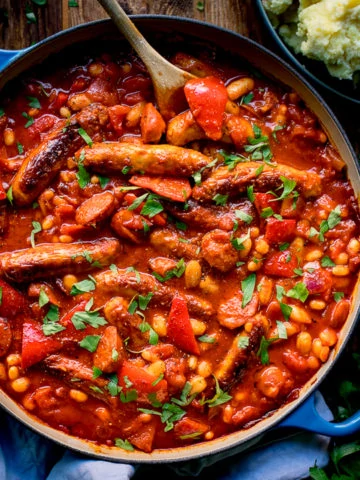
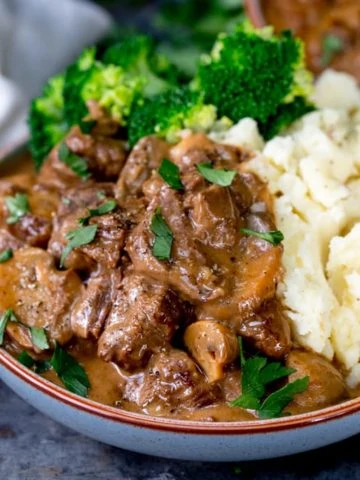
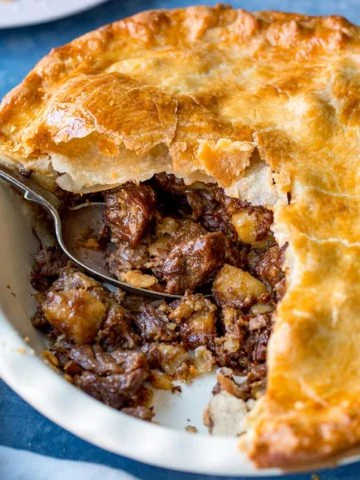
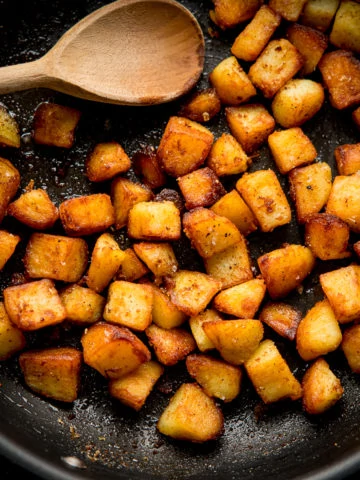
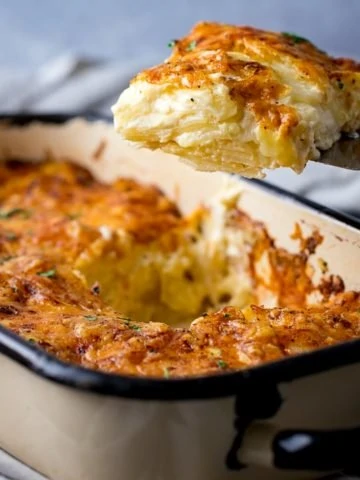
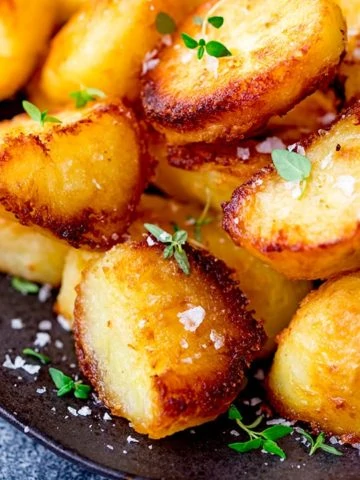
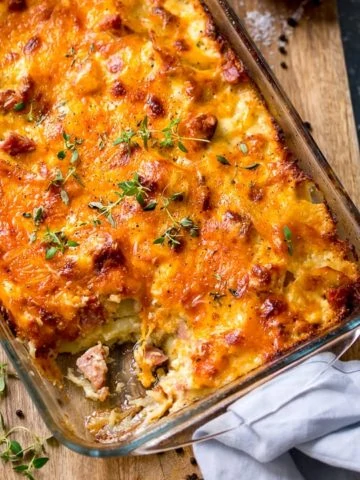
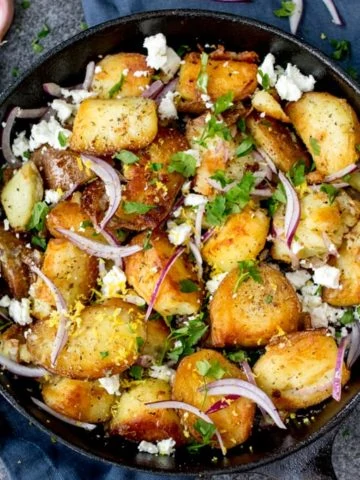
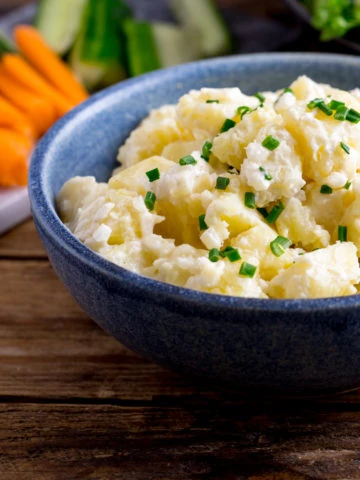

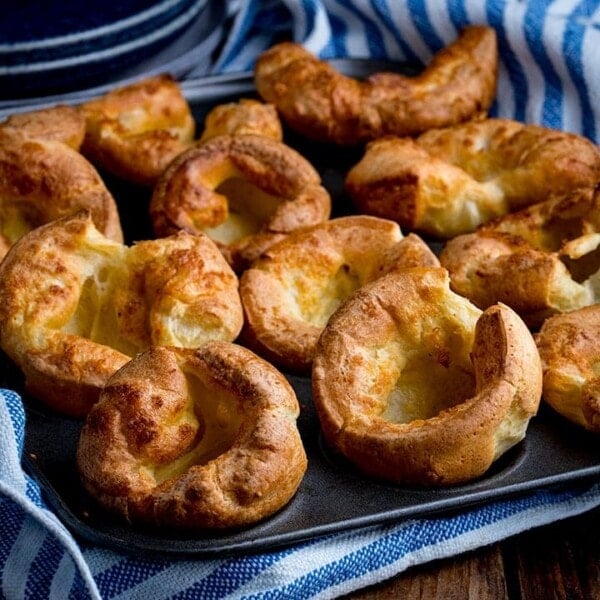
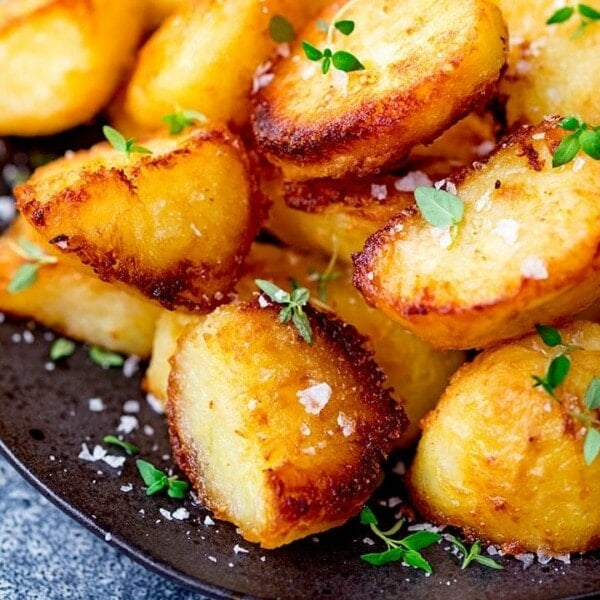
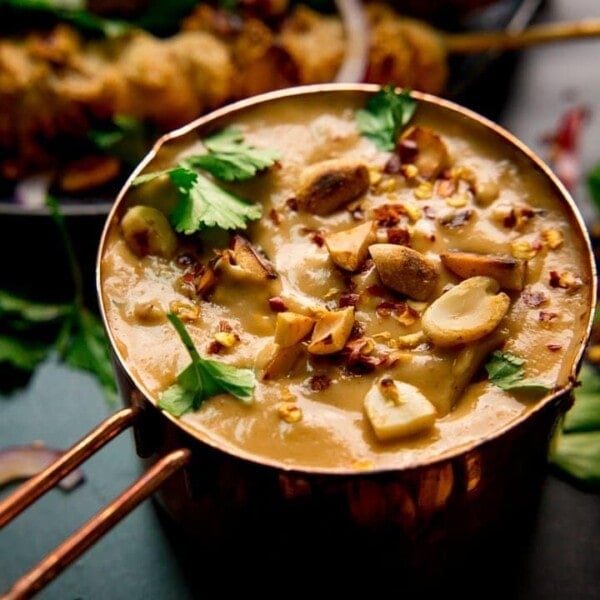
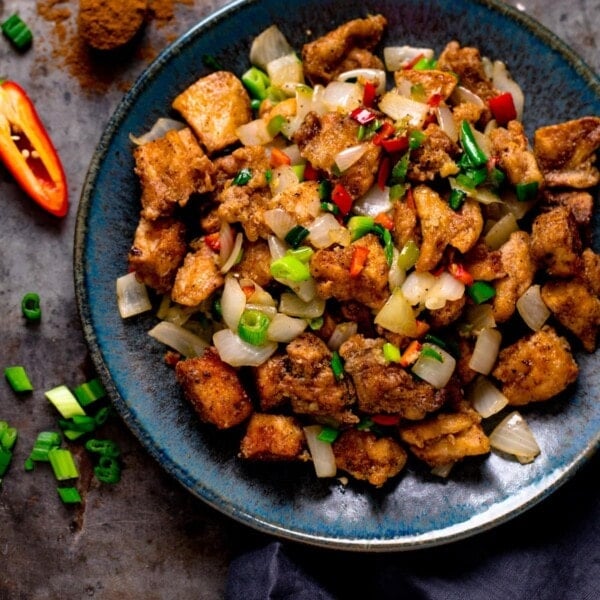
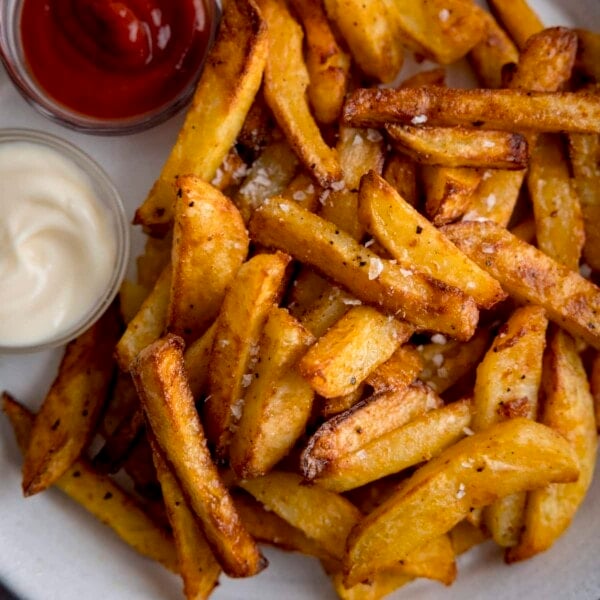
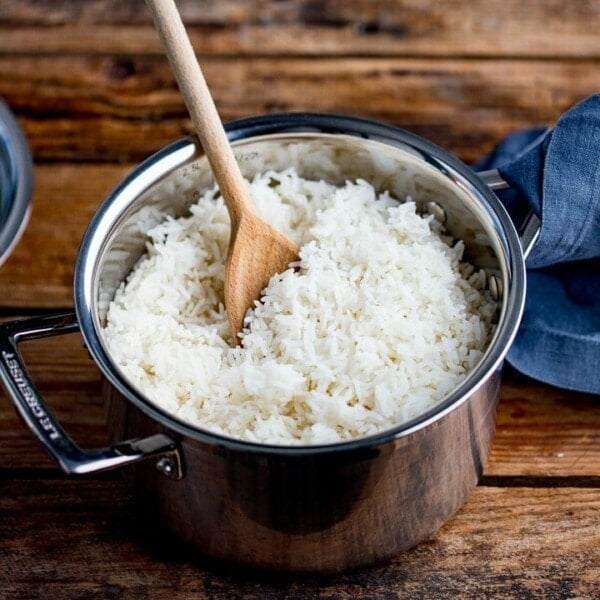
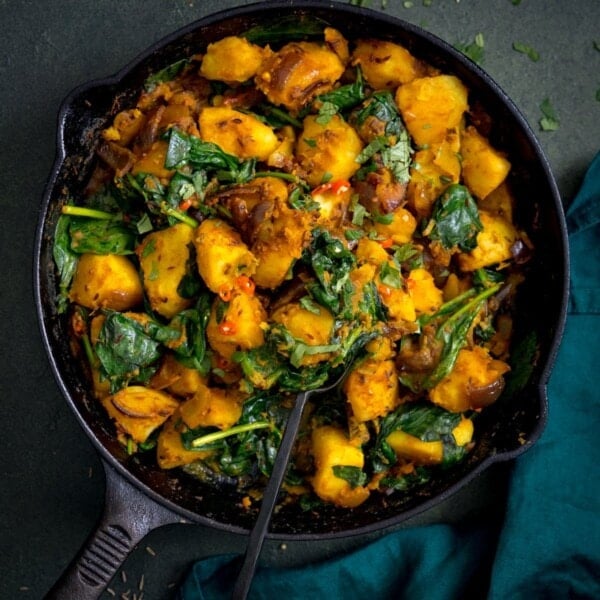








I have found that one of the best potatoes for mash is one I can only get from M&S called Chopin…..These are delicious as mash. And I whole heartedly agree with you, season after mashing or during, tasting as you go.
So many great tips! And yes, potato mash does require quite a good amount of salt which is interesting because you would not use that much on boiled potatoes.
Hi Nicky. Like your thoughts about making it creamy, I find that interesting. One question though… why use a ricer instead of the usual masher? Is there a difference in the final texture?
Hi Mike,
Its way easier to ensure you have consistent, lump free mashed potato when using a ricer. We have both in the drawer but honestly since we bought the ricer we have never used the traditional masher.
Thanks
Chris & Nicky
My brother is very interested in your recipe. When we have the special day we want to try this recipe along with white rice that makes me feel good.
Nice one!
In our family, we usually add some nutmeg for the taste (about a teaspoon)